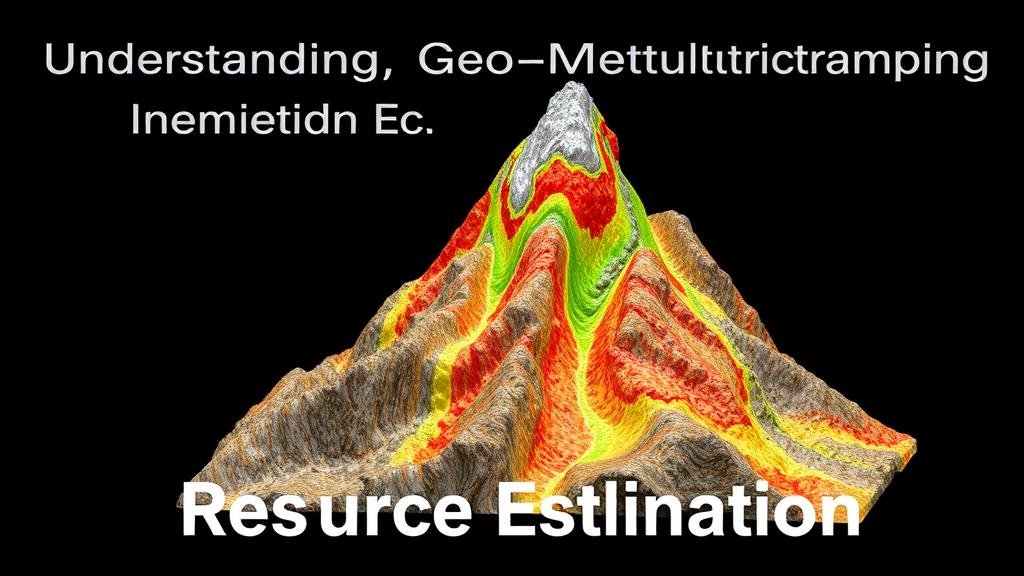Understanding Geo-Metallurgical Mapping for Enhanced Resource Estimation
Understanding Geo-Metallurgical Mapping for Enhanced Resource Estimation
Geo-metallurgical mapping is an innovative approach that combines geological, geochemical, and metallurgical data to improve the understanding of mineral resources and enhance resource estimation. This methodology is critical for mining companies aiming to optimize resource extraction, reduce costs, and minimize environmental impacts. This article delves into the essential components of geo-metallurgical mapping, its methodologies, applications, and its significance in modern resource estimation.
The Fundamentals of Geo-Metallurgical Mapping
At its core, geo-metallurgical mapping integrates geological information with metallurgical properties of ore deposits. Traditional resource estimation methods primarily focus on geological aspects, often overlooking the metallurgical behavior of the minerals involved. By incorporating metallurgical data, companies can gain a deeper understanding of the ores behavior during processing, allowing for more accurate resource estimations.
Methodologies in Geo-Metallurgical Mapping
Geo-metallurgical mapping employs various methodologies to collect and analyze data, including:
- Geological Surveys: The initial phase involves detailed geological mapping to identify ore types, structures, and alterations.
- Sampling and Assaying: Responsible sampling and analytical techniques are used to assess the grade and mineralogy of the ore.
- Metallurgical Testing: Laboratory tests determine how different ore types respond to various processing techniques, ultimately influencing recovery rates.
- Data Integration and Modelling: Advanced software solutions are utilized to integrate geological and metallurgical data into a cohesive model.
Real-World Applications
Geo-metallurgical mapping has been successfully applied in various mining projects, yielding significant benefits:
- Project Example: Mount Polley Mine, Canada: A combination of geological and metallurgical data was used to optimize the flotation process, leading to a recovery increase from 85% to over 92% for copper.
- Project Example: Boddington Gold Mine, Australia: The integration of geo-metallurgical mapping helped optimize gold recovery strategies, reducing operational costs by 15%.
Benefits of Geo-Metallurgical Mapping
The implementation of geo-metallurgical mapping provides several key advantages:
- Improved Resource Estimation: By understanding ore variability in advance, companies can produce more reliable resource estimates, minimizing risks associated with surprises during production.
- Cost Efficiency: Enhanced knowledge of the ore leads to informed decision-making, which can help in reducing waste and optimizing profits.
- Environmental Impact: Efficient processing reduces the volume of waste materials, consequently lowering the environmental footprint of mining operations.
Challenges and Considerations
Despite its advantages, geo-metallurgical mapping does come with challenges. Data integration can be complex, requiring collaboration across multiple disciplines, and the need for advanced technological tools can pose financial constraints. But, these challenges can often be mitigated through strategic planning and investment in technology.
Conclusion and Actionable Takeaways
Geo-metallurgical mapping represents a significant advancement in the field of resource estimation within the mining industry. By effectively combining geological data with metallurgical behavior, mining companies can enhance their resource evaluations and optimize extraction processes. To leverage the benefits of geo-metallurgical mapping, companies should:
- Invest in advanced data integration software that facilitates geo-metallurgical modeling.
- Encourage cross-disciplinary collaboration among geologists, metallurgists, and engineers.
- Prioritize regular metallurgical testing as part of the exploration and development process.
By taking these proactive measures, mining companies can not only improve their operational efficiency but also contribute to more sustainable mining practices in the future.



